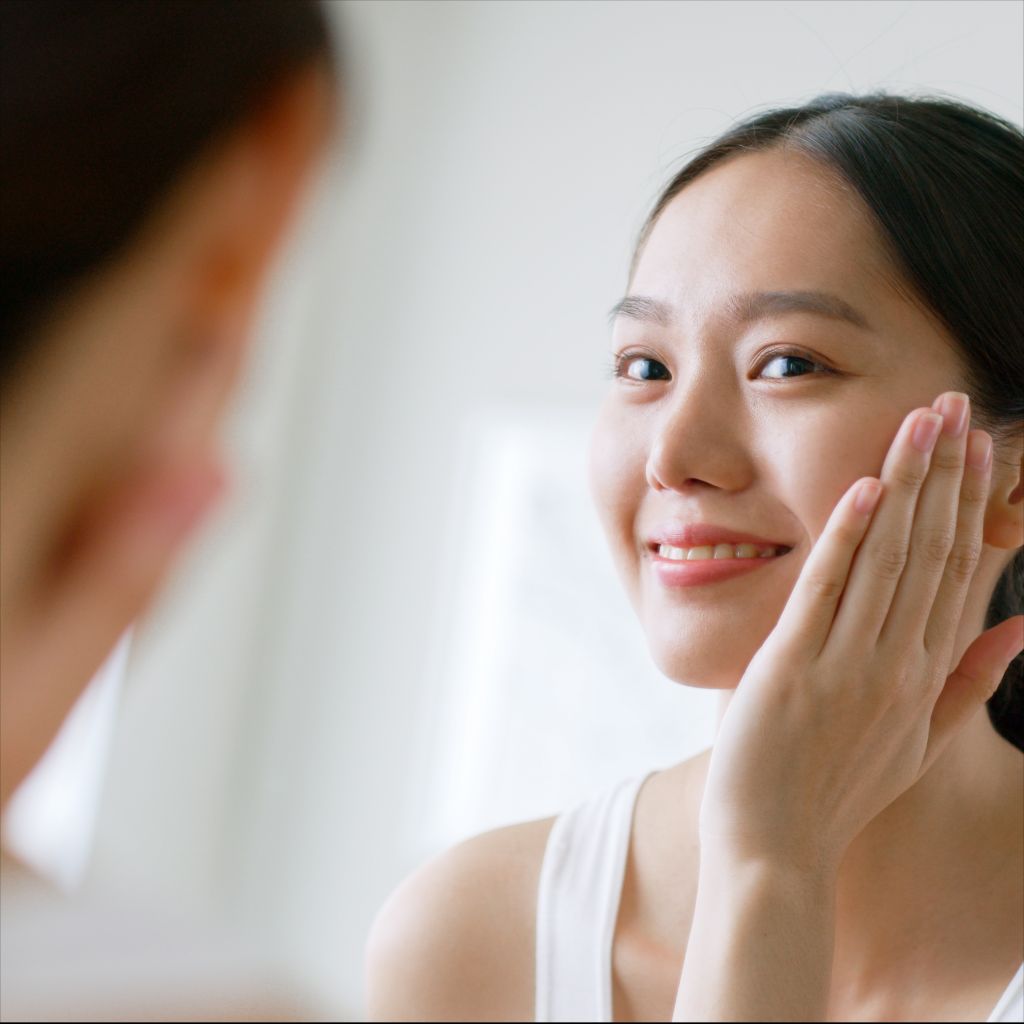More Pigmentation Facial Options
Let us look at the pigmentation facial options from the simplest to the most complex. When considering treatment options, it is essential to look at the different causes of facial hyperpigmentation, such as melasma, sun damage, and post-inflammatory hyperpigmentation (PIH), as the best facial treatment for pigmentation depends on the diagnosis. Once you understand what is causing your facial hyperpigmentation, effective treatment options are tailored to each cause.
Chemical peels, topical creams containing pigment inhibitors, photofacials for sun damage pigmentation, LED pico lasers and Q-switch lasers for facial melasma management, and LED facial and pico laser settings targeting ethnic skin types for PIH recovery.
However, getting an accurate diagnosis of any pigmented lesions before treatment is essential. If there is any concern, our therapist and nurse will book you a consultation with our doctors or request that you see a skin cancer doctor for an accurate diagnosis and appropriate laser treatments based on specific facial hyperpigmentation. By understanding the nuances of facial pigmentation options, achieving precise and radiant skin is well within reach!
Pigmentation Facial Options
Korean Pigmentation Facial
Designed to address hyperpigmentation issues such as age spots, sun spots, and uneven skin tone, the Korean pigmentation facial incorporates brightening agents such as tranexamic acid, niacinamide, and vitamin C to help fade pigmentation and promote a more even complexion. The hero ingredient is the Skin1004 Tone Brightening Range.
Topical Treatments to Fade Pigmentation
For those with mild facial hyperpigmentation issues, topical treatments with pigment inhibitions may be all you need. These can include the gold standard of prescription topicals to fade pigmentation, such as hydroquinone and retinoids. There is a range of topical skin ingredients that are commonly used in combinations in creams, serums, and gels, containing ingredients like vitamin C, niacinamide, arbutin, kojic acid, azelaic acid, and a range of botanicals such as barberry or liquorice root. It is important to note that these treatments may take weeks or even months to show results. Our preferred options are the prescription gold standards. However, you will need to see a doctor. This is especially useful for facial melasma and PIH. Everyone tolerates over-the-counter azelaic acid (combined with niacinamide) or vitamin C (though a good option, it can cause sensitivity).
Peel Facials for Pigmentation
Peels are a mainstay of cosmetic medicine, including treating facial hyperpigmentation. There is a vast array of superficial and medium-depth peels. Our favourites for melasma treatment include vitamin A and the Jessner peel. A gentler pigmentation facial with an azelaic acid peel and LED light combinations is recommended for PIH or a Korean calming facial.
Light Treatments, including LED Facial or photofacials, for pigmentation
Phototherapy is a non-invasive approach using light to address facial hyperpigmentation. The most common light treatments are LED facials and IPL photo facials.
The LED light in the red/infrared range helps settle inflammation. It is our go-to first step for resolving PIH and its cousin, PIE. It is also beneficial for acne, rosacea, facial melasma, and any inflammatory skin condition. It is suitable for any skin type.
IPL, such as the BBL, is excellent for treating sun damage pigmentation in skin types I, II, and III with low skin type IV care. Because the BR headband light treats the three causes of sun damage together (facial hyperpigmentation, redness, and skin texture changes), a photo facial is our most sought-after treatment for lighter skin types, rejuvenating the appearance of sun-damaged skin.
BBL Treatment
Laser treatment is the next-level treatment option that uses concentrated light beams to target pigmented areas. A wide range of lasers is suitable for addressing facial hyperpigmentation issues, and the choice depends again on the underlying pigmentation and skin type. This approach may be ideal for those with more intense discolouration problems, yet multiple treatments might be necessary.
Free Assessment with our senior skin therapist, Christina
Our skin therapist Christina provides consultation for a more extensive assessment of pigmentation. The service is complimentary, and she will refer you to our doctors for a diagnosis of pigmentation or prescription creams. Please book online or call 07 3350 5447 for a consultation.









